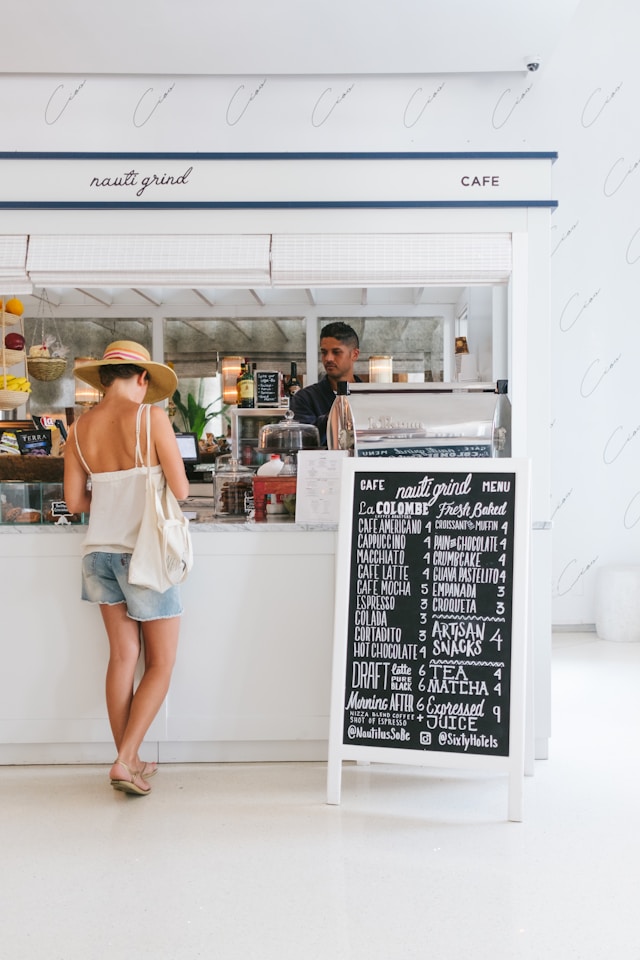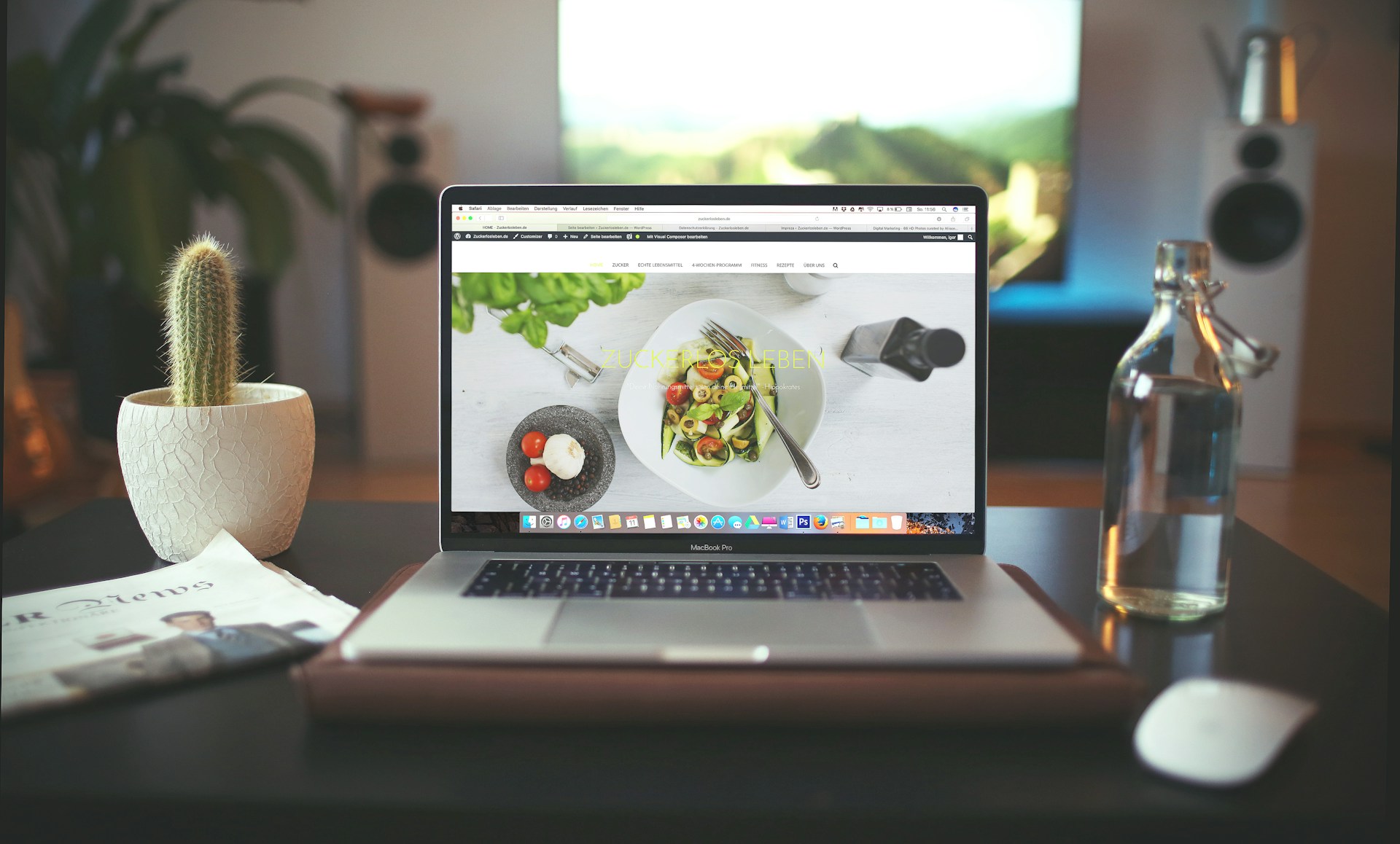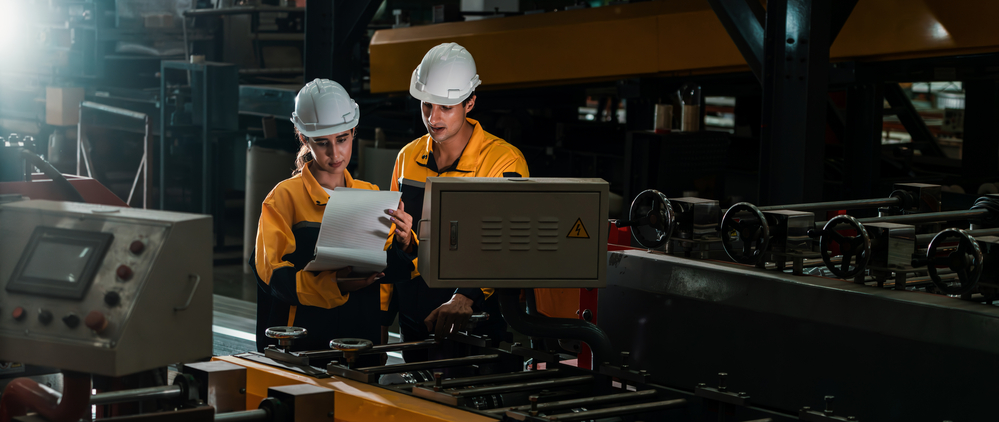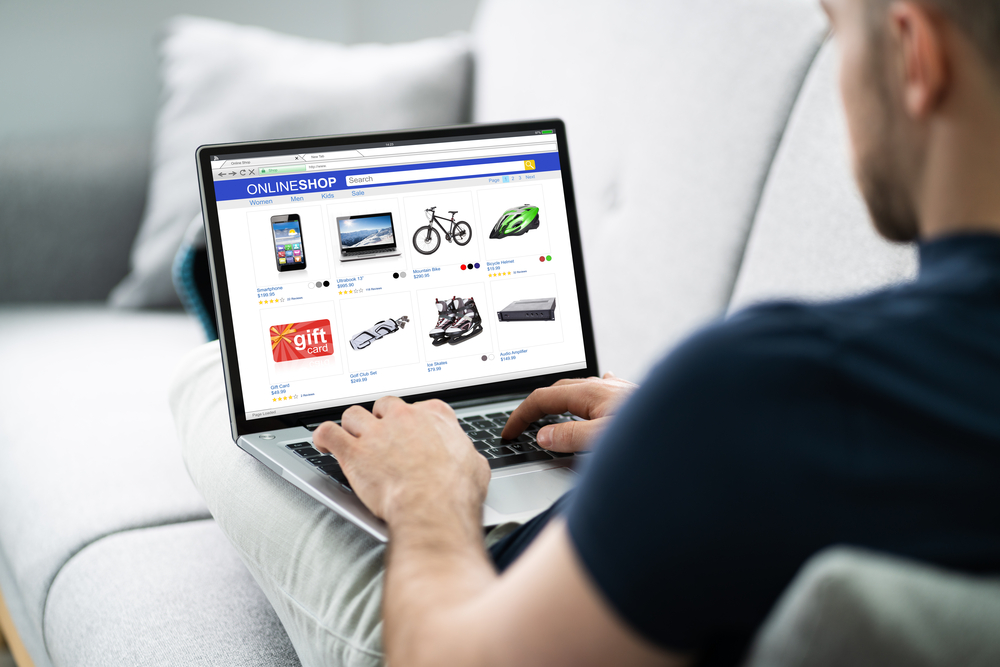Are you a restaurant owner looking to attract more customers and showcase your delicious cuisine online? In today’s digital age, having a well-designed website is essential for success. A visually appealing and user-friendly website can significantly impact the perception of your restaurant and drive more traffic to your door. In this article, we will explore the top 5 tips for restaurant web design, including the best practices and strategies to create a compelling online presence. Whether you’re just starting or looking to revamp your existing website, these tips will help you stand out from the competition and increase your online visibility. So, let’s dive in and discover the secrets to effective web design for restaurants!
1. Incorporate High-Quality Images
When it comes to restaurant web design, one of the most crucial elements is the use of visually appealing imagery. High-quality images of your restaurant’s interior, food, and drinks can entice potential diners and create a mouth-watering visual experience for your visitors. By showcasing your delicious menu items through captivating images, you can effectively capture the attention of users and make them eager to dine at your establishment.
To ensure the best impact, focus on capturing the ambiance and atmosphere unique to your restaurant. Showcase your beautifully plated dishes, the vibrant colors of your ingredients, and the cozy or upscale ambiance your establishment exudes. By incorporating these high-quality images throughout your website, you create a visual story that sets the stage for a memorable dining experience.
Remember, using images that accurately represent your restaurant’s style, cuisine, and overall brand identity is crucial. Avoid relying solely on stock photos, as these can feel generic and impersonal. Instead, invest in professional photography or take pride in capturing your restaurant’s visual charm on your own.
| Benefits of Incorporating High-Quality Images in Restaurant Web Design: |
|---|
| 1. Enhances the visual appeal of your website |
| 2. Creates an enticing and mouth-watering experience for visitors |
| 3. Represents the ambiance and atmosphere of your restaurant |
| 4. Showcases your delicious menu items |
| 5. Establishes a strong and unique brand identity |
2. Optimize for Mobile
With the increasing use of smartphones, it is crucial to ensure your restaurant website is mobile-friendly. Optimizing your website layout and design for mobile devices not only enhances user experience but also improves your online visibility in search engine rankings. By making it easy for users to navigate and find the information they need on their smartphones, you can attract and engage more potential diners.
Why Mobile Optimization Matters
Mobile optimization is not just about making your website look good on smaller screens. It’s about creating a seamless and user-friendly experience for mobile users. Here’s why mobile optimization matters:
- Mobile search dominance: More and more people are using their smartphones to search for restaurants and make dining decisions. According to recent studies, over 60% of restaurant searches are conducted on mobile devices.
- Improved user experience: Mobile-friendly websites load faster, have easy-to-read content, and provide intuitive navigation, resulting in a positive user experience. This encourages visitors to stay longer, explore your offerings, and ultimately make a reservation or place an order.
- Search engine rankings: Mobile optimization is a ranking factor for search engines. Google prioritizes mobile-friendly websites in search results, making it essential for your restaurant to have a mobile-responsive design to improve your online visibility.
Best Practices for Mobile Optimization
To optimize your restaurant website for mobile devices, consider these best practices:
- Responsive design: Use a responsive web design that automatically adjusts the layout and content to fit different screen sizes, ensuring a consistent and visually appealing experience across all devices.
- Mobile-friendly navigation: Simplify your website’s navigation menu for mobile users. Use clear and concise labels, and consider using a hamburger menu or other mobile-friendly navigation options to save screen space.
- Readable text and fonts: Use legible fonts and font sizes that are easy to read on smaller screens. Avoid using small text or complex fonts that may cause readability issues on mobile devices.
- Optimize page load speed: Loading speed is crucial for mobile users. Reduce image sizes, minimize scripts, and leverage caching techniques to ensure your website loads quickly on smartphones.
- Thumb-friendly buttons: Make sure buttons and links on your website are large enough and spaced out to accommodate touch screen interactions. This makes it easy for users to navigate and interact with your website using their thumbs.
By implementing these mobile optimization best practices, you can ensure that your restaurant website provides a seamless and visually appealing experience for mobile users, increasing your chances of attracting more diners and boosting your online presence.
| Mobile Optimization Benefits | Mobile Optimization Strategy |
|---|---|
| Improved user experience | Responsive design |
| Better search engine rankings | Mobile-friendly navigation |
| Increased website visibility | Readable text and fonts |
| Higher conversion rates | Optimize page load speed |
| Enhanced online reputation | Thumb-friendly buttons |
3. Highlight Menu and Specials
Your menu is the heart of your restaurant, so make sure it takes center stage on your website. Create an easily accessible and visually appealing menu section that showcases your culinary offerings. Highlight any specials, promotions, or seasonal dishes to entice visitors to try your food.
When designing your menu section, consider using high-quality images of your signature dishes to make them even more enticing. Use mouth-watering descriptions to captivate your audience and make them crave your food. Organize your menu by categories (appetizers, entrees, desserts, etc.) to help visitors quickly find what they’re looking for.

Highlight Weekly Specials
- Offering weekly specials is a great way to keep your menu fresh and exciting. Feature these specials prominently on your website to attract attention and entice diners to visit your restaurant.
- Include a brief description of each special, highlighting any unique ingredients or flavors. Use enticing language to evoke a sense of anticipation and create a sense of exclusivity.
- Consider adding limited-time promotions, such as happy hour specials or seasonal menu items, to generate excitement and encourage repeat visits.
Showcase Seasonal Dishes
Seasonal dishes are a fantastic way to showcase the freshness and variety of your ingredients. Create a dedicated section on your menu to highlight these dishes and incorporate them into your website design.
Use enticing visuals, such as vibrant images of seasonal produce or beautifully plated dishes, to capture visitors’ attention. Describe the flavors and aromas of these dishes to create a sensory experience that leaves visitors eager to try them.
Example Menu Section Design
| Appetizers | Entrees | Desserts |
|---|---|---|
| Caprese Skewers | Grilled Salmon | Tiramisu |
| Bruschetta | Filet Mignon | Creme Brulee |
| Spinach and Artichoke Dip | Chicken Parmesan | Chocolate Lava Cake |
Remember to update your online menu regularly as dishes change or new items are added. Keep it visually appealing, easy to navigate, and always tantalize your visitors with mouth-watering descriptions. By highlighting your menu and specials, you’ll not only entice visitors to try your food but also showcase the unique flavors and experiences your restaurant has to offer.
4. Include Online Reservation and Ordering
Make it convenient for diners to make reservations or order online by incorporating a user-friendly reservation or ordering system on your website. Provide clear instructions and options to streamline the process and make it easy for visitors to book a table or place an order.
5. Integrate Customer Reviews and Testimonials
Showcasing positive customer reviews and testimonials on your restaurant website is a powerful way to build trust and credibility with potential diners. By featuring real customer feedback and ratings, you can provide social proof that gives visitors confidence in choosing your establishment. To maximize the impact of your reviews, consider integrating popular review platforms like Yelp or Google Reviews directly into your website. This allows visitors to see authentic feedback from satisfied customers without leaving your web page.
Benefits of Customer Reviews and Testimonials
Customer reviews and testimonials offer several key benefits for your restaurant web design:
- Building Trust: Hearing positive experiences from real customers helps create trust and credibility, making visitors more likely to choose your restaurant.
- Enhancing Reputation: Displaying customer reviews shows potential diners that your establishment has a good reputation and delivers on its promises.
- Increasing Conversions: Positive reviews can sway indecisive visitors to make reservations or place orders.
- Improving SEO: Incorporating customer reviews can boost your search engine rankings, making it easier for potential diners to find your website.
Integrating Customer Reviews
Integrating customer reviews and testimonials into your restaurant website is easier than you might think. Here are two popular review platforms that can seamlessly integrate with your web design:
| Review Platform | Benefits |
|---|---|
| Yelp |
|
| Google Reviews |
|
By incorporating these platforms into your restaurant web design, you can create a visually appealing and trustworthy online presence that entices potential diners to choose your establishment.
Conclusion
Elevate your restaurant’s online presence and attract more diners with these top 5 restaurant web design tips. By incorporating high-quality images, optimizing for mobile, highlighting your menu and specials, including online reservations and ordering, integrating customer reviews, implementing easy navigation, using clear calls-to-action, optimizing loading speed, integrating social media, and prioritizing security, you can create a visually appealing and user-friendly website that will set your eatery apart from the competition.
FAQ
What is restaurant web design?
Restaurant web design refers to the process of creating and designing a website specifically tailored to meet the needs of a restaurant. It involves incorporating elements like high-quality images, menu showcases, online reservation and ordering systems, customer reviews and testimonials, easy navigation, clear calls-to-action, and optimized loading speed.
Why is high-quality imagery important for a restaurant website?
High-quality images play a crucial role in enticing potential diners. They showcase the restaurant’s interior, food, and drinks, creating a mouth-watering visual experience for visitors. By using visually appealing imagery, restaurants can make a strong first impression and spark interest, encouraging visitors to explore further and ultimately dine at their establishment.
Why is it important to optimize a restaurant website for mobile devices?
Optimizing a restaurant website for mobile devices is essential due to the increasing use of smartphones. It ensures a seamless browsing experience for users, as they can easily navigate the website, access information, make reservations, or place orders. Mobile optimization also improves search engine rankings, making the website more visible to potential diners.
How can a restaurant highlight its menu and specials on its website?
Restaurants can highlight their menu and specials on their website by creating an easily accessible and visually appealing menu section. This section should showcase the culinary offerings, including special dishes, promotions, and seasonal items. By prominently featuring the menu, visitors are enticed to try the restaurant’s offerings.
Why is it important to include online reservation and ordering systems on a restaurant website?
Including online reservation and ordering systems on a restaurant website increases convenience for diners. By making the reservation or ordering process hassle-free, visitors are more likely to book a table or place an order. This feature streamlines operations for the restaurant and enhances the overall customer experience.
How can customer reviews and testimonials be integrated into a restaurant website?
Customer reviews and testimonials can be integrated into a restaurant website by showcasing them on specific sections or pages. Restaurants can feature real customer feedback and ratings to build trust and credibility among potential diners. This can be achieved by incorporating review platforms like Yelp or Google Reviews, displaying authentic feedback directly on the website.
Why is easy navigation important for a restaurant website?
Easy navigation is crucial for a positive user experience on a restaurant website. By implementing a well-designed and intuitive navigation structure, visitors can quickly and effortlessly find the information they are looking for. Clear menu sections and subpages ensure that users can easily navigate the website and locate important details about the restaurant.
How can clear calls-to-action be used on a restaurant website?
Clear calls-to-action can be strategically placed throughout a restaurant website to guide visitors towards desired actions. Examples of effective calls-to-action include “Make a Reservation,” “Order Now,” or “Learn More.” By using compelling and prominently displayed calls-to-action, restaurants can encourage user engagement and conversion.
Why is website loading speed important for a restaurant website?
Website loading speed is crucial for providing users with a seamless browsing experience. Slow-loading websites can frustrate visitors and lead to high bounce rates. To optimize loading speed, restaurants can minimize image sizes, optimize code, and utilize caching techniques. A fast-loading website enhances both user experience and search engine rankings.
How can social media integration be beneficial for a restaurant website?
Social media integration allows restaurants to leverage the power of platforms like Facebook, Instagram, and Twitter. By incorporating social media buttons and feeds on the website, visitors can connect with the restaurant’s social media profiles. This enhances the restaurant’s online presence, provides opportunities for user-generated content, and allows for direct engagement with potential diners.
Why is security and privacy important for a restaurant website?
Security and privacy are crucial aspects of a restaurant website, especially when handling user data. Implementing SSL certificates and other security measures protects sensitive information provided by visitors when making reservations or ordering online. Highlighting a commitment to data protection and privacy instills confidence in potential diners, fostering trust and loyalty.










